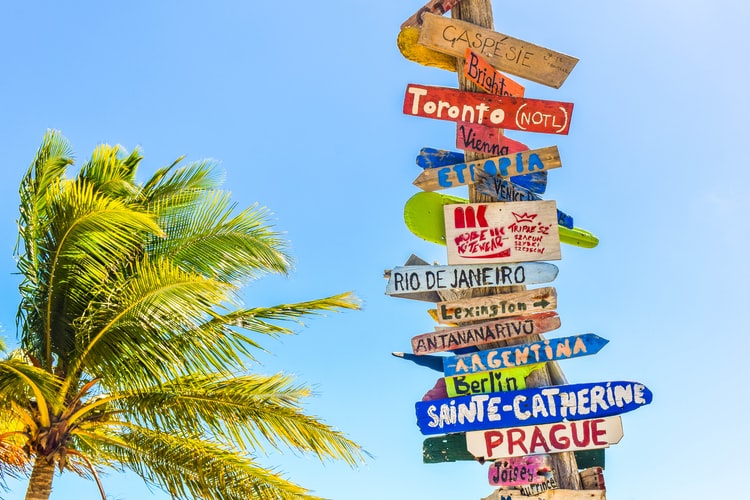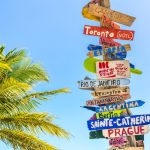The creation of a tourism product is a complex process. The following table shows the steps of creating tourism product −
| Primary Inputs (Resources) | Intermediate Inputs (Tourism Facilities) | Intermediate Output (Tourism Services) | Final Output (Tourist experiences) |
| Human resource | Accommodations | Vehicle parking service | Social contacts |
| Material | Transport terminals | Tour guide service | Business contacts |
| Equipment | Vehicles/Ships/ Boats/Airbuses/ Ferries. | Hospitality at serviced accommodations/ hotels/ restaurants. | Satisfaction/Memories |
| Fuel/Energy | Restaurants/Food Joints | Cultural performances | Recreation |
| Agricultural product | Convention/ Shopping Centers. | Festivals/Events | Education |
| Capital | Museums | Relaxation |
The product creation process starts with primary inputs such as resources, raw materials, other materials for construction, energy, and fuel. This could also include the agricultural products required to prepare food for the tourists.
The primary inputs are then processed further through manufacturing or construction into intermediate (or processed) inputs. The intermediate inputs are nothing but the tourism facilities such as gardens, parks, museums, art galleries, shopping centers, convention centers, accommodations, restaurants, and gift or souvenir shops. They facilitate and support the tourism.
The intermediate inputs are further refined through expert management, workforce, and technical services, and packaging into intermediate outputs. The intermediate outputs are nothing but the services associated with tourism industry.
For example, the intermediate input such as a hotel room remains just as a commodity unless it is occupied by the tourist and turns into a part of a tourism product by incorporating the occupant’s experience. Similarly, the food at restaurants needs to be cooked and presented by the staff at any restaurant and needs to be ordered and consumed by the tourists.
The final outputs are nothing but the personal experience the tourist takes from availing services and by carrying out various tourism-related activities. The tourists utilize the intermediate outputs (or services) to generate intangible but a high value experience such as satisfaction, recreation, and completion of a business related task or maintaining a contact of friends or relatives.
Steps of Tourism Product Development
The following general steps are taken for tourism product development −
Research the Market
At this step, the tourism marketing force conducts research on the current market to identify the opportunities. In includes economy, study of various market segments and their varied requirements, past market data, and current market and tourism trends.
Match the Product with Market
By assessing the market segments and conditions for tourism, different packages are created for various market segments such that they can satisfy the requirement of each segment of individuals.
Assess the Destination
Since destinations form the basis of product development, the product development force visits the prospective tourism destination to assess its tourism potential and its ability to accommodate and serve the tourists, features of the destination, and its shortcomings. It is assessed to judge if the destination is fulfilling the requirement of Accommodation, Attractions, Activities, or Amenities. It is also checked for the ease of Accessibility.
Understand the Stakeholder Role
Tourism product development is the result of collaborative efforts of various stakeholders. It involves identifying all the stakeholders in private and public sectors, DMOs, Tourism and allied businesses, and their respective roles in creating or developing a part of a tourism product. The stakeholder meetings are conducted for creating a project plan. The project goals are set to realize long-term vision, medium-term action plans, and short-term progress assessments.
Product Building
At this step, the product is actually built using required resources and consultations of the expertise to create intermediate inputs (facilities and amenities) and intermediate outputs (services). It encompasses not only development of destination infrastructure but also support for special activities and experiences.
Marketing & Promotion
The functional and emotional benefits of the tourism at the tourist destination are communicated to the market. The marketing people create brochures, place advertisements on the business portals, and contact media to promote the destination and the product on the television and radio. They also use various other marketing techniques to increase the product visibility.
Providing Human and Technical Resource
It includes providing skilled staff and contemporary technology to cater the needs of tourists efficiently, to handle all tourism related operations at the destination effectively, and to communicate with the staff easily.

